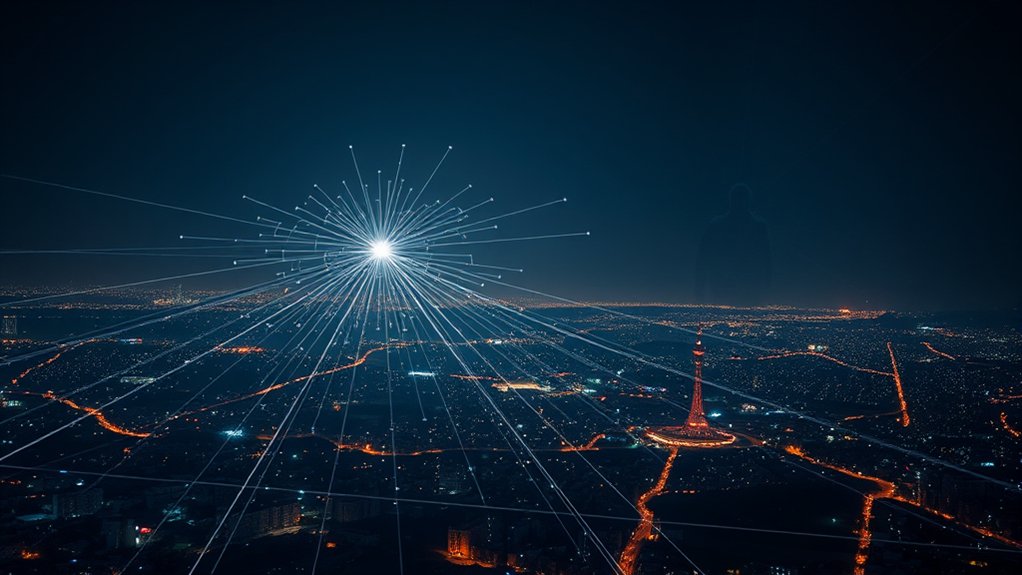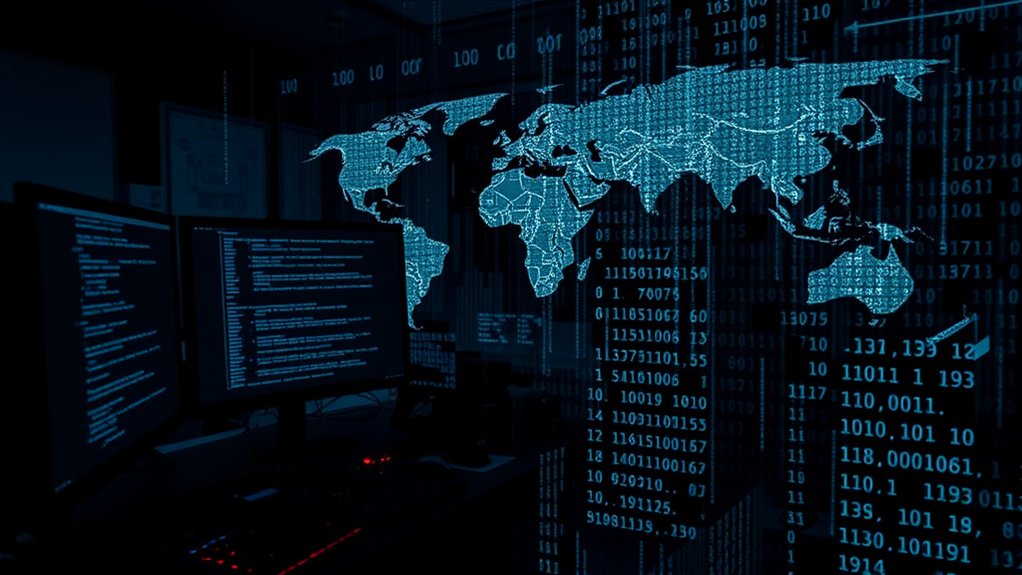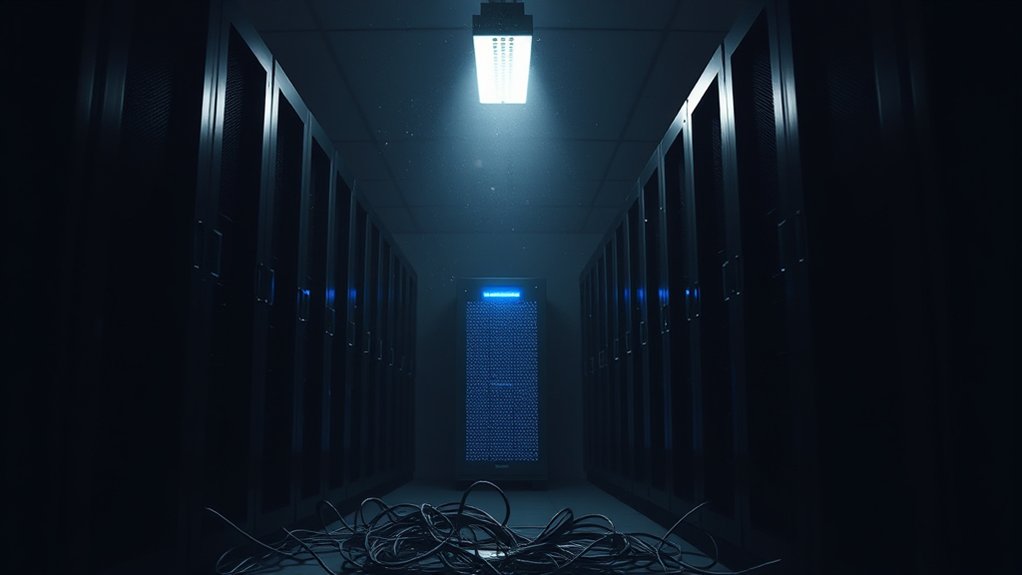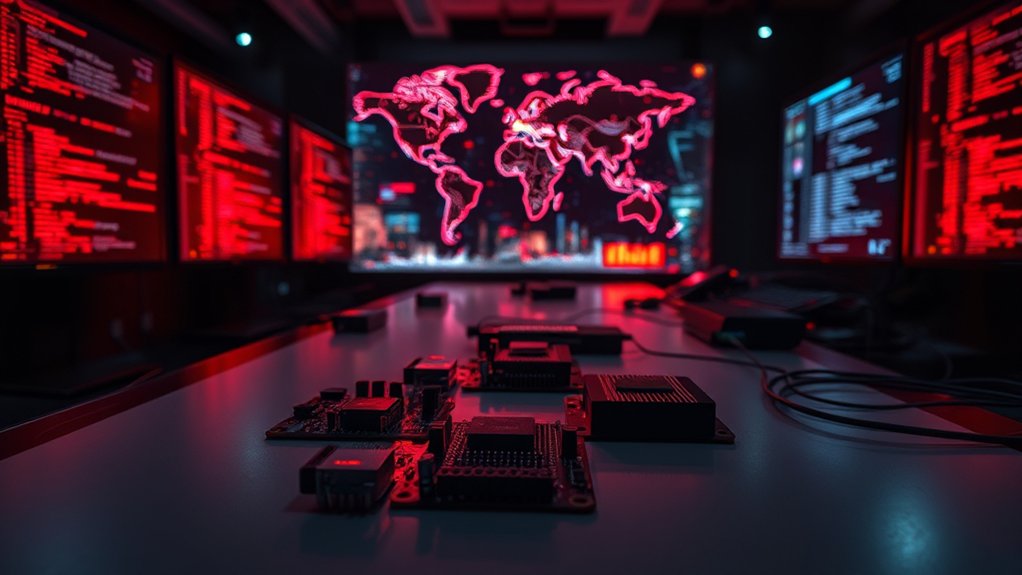As cyber tensions escalate in the Middle East, a staggering 700% increase in cyberattacks targeting Israel has been reported, mainly in response to recent military actions against Iran. This dramatic surge marks a significant escalation in hostile network activity, reflecting the rising stakes of cybersecurity amid geopolitical conflicts. Affected sectors include government websites, financial institutions, telecommunications companies, and critical infrastructure, all facing unprecedented threat levels. A 700% increase in attacks underscores the urgency for enhanced security measures.
A staggering 700% increase in cyberattacks on Israel highlights the rising stakes of cybersecurity amid escalating geopolitical tensions.
Various tactics have characterized these assaults, with distributed denial-of-service (DDoS) attacks, infiltration attempts, data theft, and malware distribution emerging as common methods employed by attackers. The scale and variety of these cyber threats raise profound concerns regarding national security and operational stability within Israel, with experts indicating that ramifications could extend to international targets, including the United States. Additionally, authorities have reported over 2,000 threatening emails targeting Israeli institutions since the onset of military operations, indicating the severity of the situation.
Motivations for the barrage of attacks are largely seen as retaliation by Iranian state actors and affiliated hacker groups against Israeli military operations. This cyber onslaught forms part of a broader hybrid warfare strategy, used to complement conventional military tactics, thereby increasing overall conflict. Remarkably, some cyber activities have been linked to Iran’s Ministry of Intelligence, emphasizing state involvement in these hostile actions. The exploitation of zero-day vulnerabilities remains a critical concern, as these unknown security flaws can be weaponized before defensive measures are developed.
Specific targets have been identified, including government systems, financial sectors, telecommunications, and even public services, which are susceptible to disruption and manipulation through cyber means. Groups like Handala, associated with pro-Palestinian sentiments, have participated in this campaign against Israeli organizations, often originating from Iranian IP addresses.
To counter these sophisticated threats, experts underscore the need for strong defensive strategies and international cooperation in cybersecurity efforts. Continuous risk assessment is crucial, allowing entities to identify and mitigate emerging threats effectively.
Public awareness is likewise deemed important to prevent social engineering attacks, underscoring the urgent need for an improved cybersecurity infrastructure in the current global climate.









